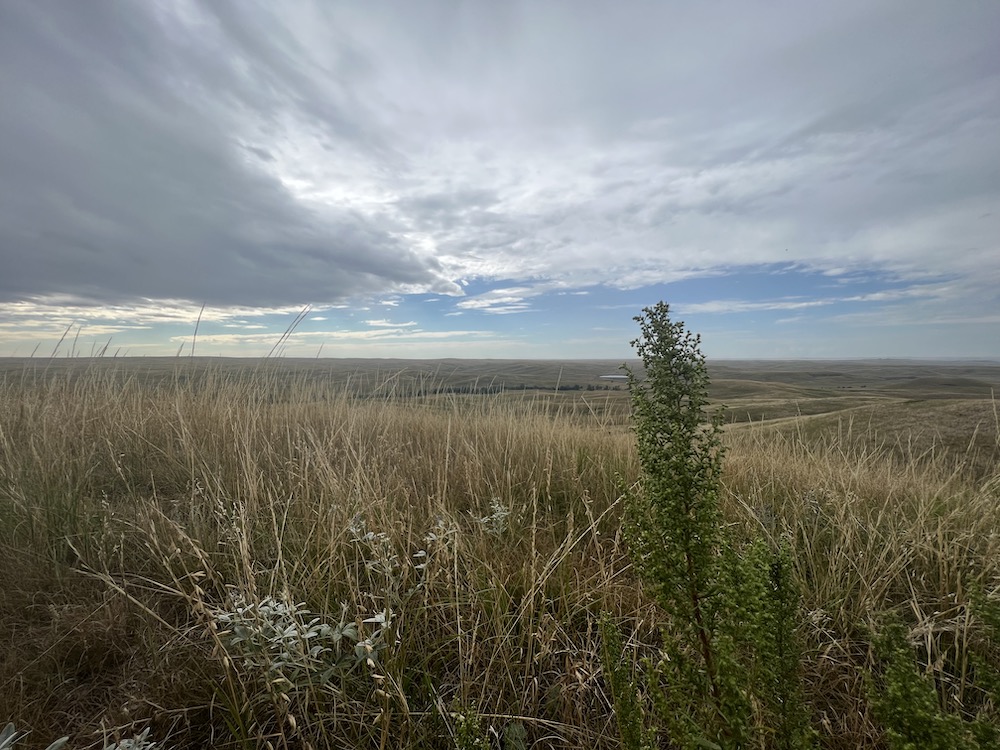
- Details
- By Toni Stanger-McLaughlin, Native American Agriculture Fund
- Opinion | Op-Ed
Guest Opinion. In tribal agriculture, timing means everything. Delayed financing can force producers to sell herds, miss planting windows or lose land opportunities that may not come again. Yet, for too many Native producers and rural entrepreneurs, persistent barriers to capital continue to stand in the way of growth. Producers today are making decisions on next year’s crops, equipment and livestock. But those decisions, and the livelihoods tied to them, depend on stable access to capital. Today, that stability hangs in the balance. Capital delayed is opportunity lost.
Traditional lenders frequently decline to lend on tribal lands, often citing legal complexities, perceived risks, or unfamiliarity with tribal sovereignty, leaving entire communities without viable financial pathways. That is why Native-serving community development financial institutions, or CDFIs, exist. They are not simply alternatives to traditional banking systems; they are fundamentally reshaping what access to agricultural capital looks like.
Our partner CDFIs direct capital to the producers who are too often left behind by mainstream lenders. They understand what mainstream lenders too often do not — tribal agriculture is not risky. It is an essential backbone of local and rural economies and food systems.
Since its founding in 2018, the Native American Agriculture Fund (NAAF) has invested more than $35 million through roughly 100 grants to Native-serving CDFIs across the country. These grants specifically target strengthening agricultural lending across all of Indian Country. These dollars have translated into more than 800 agriculture-related re-grants, loans and direct support, reaching more than 3,000 Native producers. Through flexible, relationship-based financing, Native CDFIs enable farmers and ranchers to access land, livestock, equipment and infrastructure, the foundation for resilient tribal economies.
NAAF was established following the historic Keepseagle v. Vilsack settlement, which recognized the systemic discrimination Native producers faced in federal agriculture programs. As a private charitable trust, NAAF’s mandate is to address those past harms, barriers to credit, land loss, and generations of underinvestment, while building long-term economic sovereignty for Native producers.
Indigenous peoples have sustained this land long before immigrants arrived. Today, a significant amount of tribal land is operated by non-Native producers; these non-Native farmers have far greater access to lending than Native farmers, even though we cultivate the same rural spaces. Solutions designed for non-Native producers often do not meet the realities of tribal agriculture, which is why Native CDFIs are essential. This ensures that Native producers can access capital for their own operations or make improvements that benefit both tribal landowners and the neighbors who lease and farm their lands.
The importance of these institutions has only grown. The pandemic disproportionately impacted Native communities, and CDFIs became critical first responders, deploying emergency grants, loans and technical assistance when other systems failed. More recently, the recent federal shutdown tested financial systems but also revealed solutions already in motion. Native-serving CDFIs have stepped up time and time again. We do not need to reinvent the wheel. The infrastructure is already in place. What we need now is stability. One example of the impact Native CDFIs are making can be seen at Akiptan, a Native-led CDFI providing innovative, culturally grounded lending for agricultural producers nationwide.
Skya Ducheneaux, Akiptan’s executive director, notes: “This work is about more than loans. It’s about building sovereignty and ensuring Native producers have the resources they need to sustain their communities for generations.”
The recent federal shutdown highlighted just how fragile these systems can be. The Treasury Department's CDFI Fund reduction-in-force was sudden, disrupting critical funding and support for community lenders serving rural and Tribal communities. While reductions in force at the CDFI Fund were reversed and staff will return with back pay, Technical Assistance and Financial Assistance award timelines remain uncertain. Treasury funding for the CDFI Fund currently only extends through January 30, 2026.
Long-term, reliable funding is critical to ensure that producers, rural communities and tribal economies can navigate the systems in which they operate.
Without Native CDFIs, many beginning and experienced producers alike would have no access to startup capital, credit-building opportunities or culturally informed technical support. The absence of these institutions can stall economic development, weaken food systems and undermine Tribal self-determination.
NAAF remains firmly committed to advancing equitable access to capital, supporting Native-led financial institutions and ensuring that Native producers have the financial tools they need to build strong, successful, and resilient agricultural operations.
Toni Stanger-McLaughlin, a citizen of the Colville Confederated Tribes, serves as chief executive officer of the Native American Agriculture Fund. She previously worked in the U.S. Department of Agriculture Office of Tribal Relations and served as director of tribal relations for the University of Arkansas School of Law Indigenous Food and Agriculture Initiative.